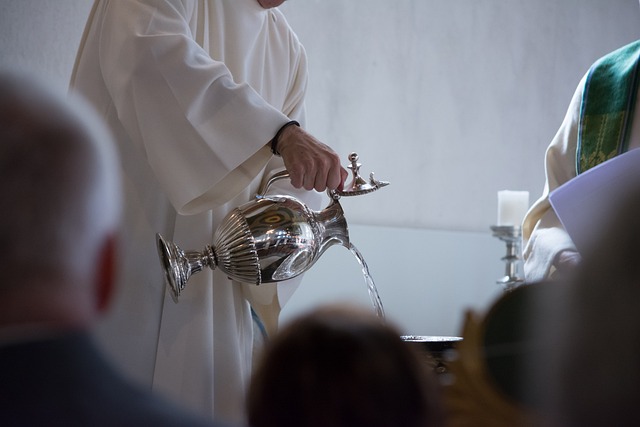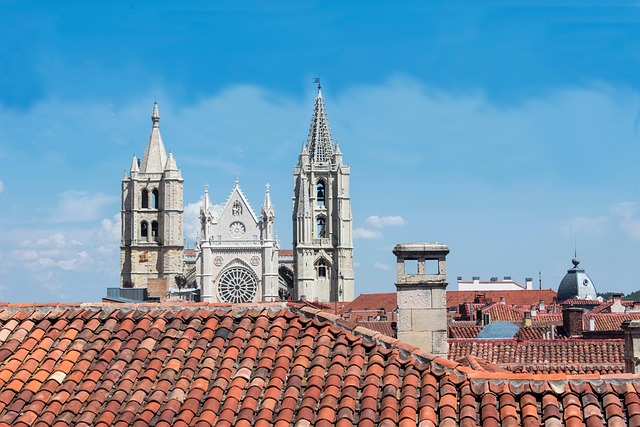In countless cultures, the humble lunch pot—known in Hungarian as the ebédbógó—serves not only as a vessel for nourishment but also as a focal point of daily devotion. Its presence in homes, workplaces, and communal settings invites reflection on the interconnectedness of body, spirit, and community. The act of preparing, sharing, and consuming a meal from a single container embodies ritualistic principles that transcend mere sustenance. By observing the ebédbógó’s role in daily life, one uncovers layers of meaning that connect ancient traditions with contemporary mindfulness practices.
Historical Roots of the Lunch Pot
While the concept of a lunch pot appears simple, its origins trace back to agrarian societies where communal meals were central to social cohesion. In Eastern Europe, particularly within Hungarian villages, the ebédbógó was a staple during the harsh winter months. Families would pack their daily fare in a single, sturdy pot, often made of wood or metal, that could be transported from the kitchen to the field. The pot’s design—typically with a lid that seals in aroma and warmth—became symbolic of protection and continuity. Over time, the lunch pot evolved from a practical tool into a cultural emblem of resilience and shared identity.
The Symbolic Language of the Pot
Each element of the ebédbógó carries symbolic weight. The lid represents containment, guarding the essence of the meal from external interference. The base, often adorned with simple motifs or family crests, reflects lineage and ancestral wisdom. The act of opening the pot, therefore, is a deliberate invitation to reveal and honor the nourishment that sustains life. In religious texts, similar vessels—such as the biblical menorah or the Islamic zakat jar—serve as reminders that material gifts should be shared with intentionality and gratitude.
“The pot is a mirror of the soul: it holds, protects, and reflects the food we feed both body and spirit.”
Rituals Surrounding the Ebédbógó
Across different faith traditions, the ebédbógó is often incorporated into daily rituals that reinforce communal bonds and spiritual mindfulness. In many homes, a quick blessing is recited before the pot is opened, echoing the ancient practice of saying grace. Some families also engage in a silent moment of gratitude, allowing each member to contemplate the origin of their food and the generosity of those who provided it. By integrating these simple yet profound acts into everyday life, the lunch pot becomes a living altar—an everyday reminder of the sacredness of nourishment.
- Morning blessing: “May this food sustain our bodies and nourish our souls.”
- Mindful eating: focusing on taste, texture, and aroma as a form of meditation.
- Evening reflection: sharing a lesson or story learned during the day.
Mindfulness Through the Daily Lunch Pot
Modern practitioners of mindfulness often turn to the ebédbógó as a tool for grounding the mind. By placing hands on the pot’s smooth surface before eating, one can channel attention into the present moment. This tactile engagement serves as an anchor against the distractions of a fast-paced world. The rhythm of filling, sealing, and opening the pot mirrors the breath—inhale for preparation, exhale for sharing. Consequently, even a brief lunch break becomes an intentional pause, a chance to reset mental and spiritual equilibrium.
- Set intention: decide what you wish to receive from this meal.
- Observe the sensory details: smell, texture, color.
- Express gratitude: thank the earth, the hands that cooked, and those who share.
Ecological and Ethical Dimensions
The use of a single lunch pot encourages sustainable consumption by reducing waste. When people consume from a reusable container, the environmental impact of disposable packaging diminishes. Moreover, the ebédbógó promotes mindful purchasing decisions: individuals are more likely to buy ingredients that honor both quality and origin. In many religious traditions, stewardship of the planet is a core tenet; thus, the humble lunch pot becomes an extension of eco-spiritual practice. By aligning dietary habits with environmental ethics, believers reinforce the principle that caring for creation is a form of worship.
Community Building Through Shared Meals
When multiple households combine their lunches into a single ebédbógó for a communal meal, the act transcends individual nourishment. It becomes a manifestation of unity, demonstrating that diverse people can share resources and celebrate differences. In several faith communities, such shared lunch pots are used during festivals, charity drives, and interfaith dialogues. These gatherings illustrate how food—prepared in a common container—serves as a bridge across cultural, linguistic, and doctrinal divides, echoing the biblical teaching that all people share one body and one breath.
Modern Adaptations of the Lunch Pot Ritual
Contemporary spiritual movements have adopted the ebédbógó to foster a sense of connectedness in an increasingly digital world. For example, coworking spaces sometimes organize “potluck meditation” sessions where participants bring a lunch pot, share stories, and practice group chanting. Even virtual gatherings use a shared digital recipe book and a common theme, encouraging participants to imagine the same meal while physically apart. These adaptations highlight the timeless relevance of the lunch pot, proving that ritual can be flexible while retaining its core spiritual essence.
Integrating the Lunch Pot into Personal Devotion
Individuals can personalize the ebédbógó by infusing it with personal symbolism. Decorating the pot with family heirlooms, planting a small herb inside, or adding a scented sachet can deepen the emotional resonance. Additionally, writing a brief prayer or affirmation on a sticky note and placing it near the pot ensures that the spiritual focus remains active throughout the day. By turning the lunch pot into a living artifact, practitioners cultivate a continuous dialogue between their daily routines and their spiritual aspirations.
Conclusion: The Lunch Pot as a Living Sacred Object
The ebédbógó exemplifies how ordinary objects, when approached with reverence, can transform into potent symbols of faith, community, and ecological stewardship. Whether it is used to honor ancestors, cultivate mindfulness, or unite strangers, the lunch pot embodies the principle that every act of nourishment holds divine potential. By weaving this simple vessel into the tapestry of daily rituals, believers reinforce the timeless truth that spirituality is not confined to temples or temples alone—it resides in the shared moments of humanity that nourish both body and soul.


